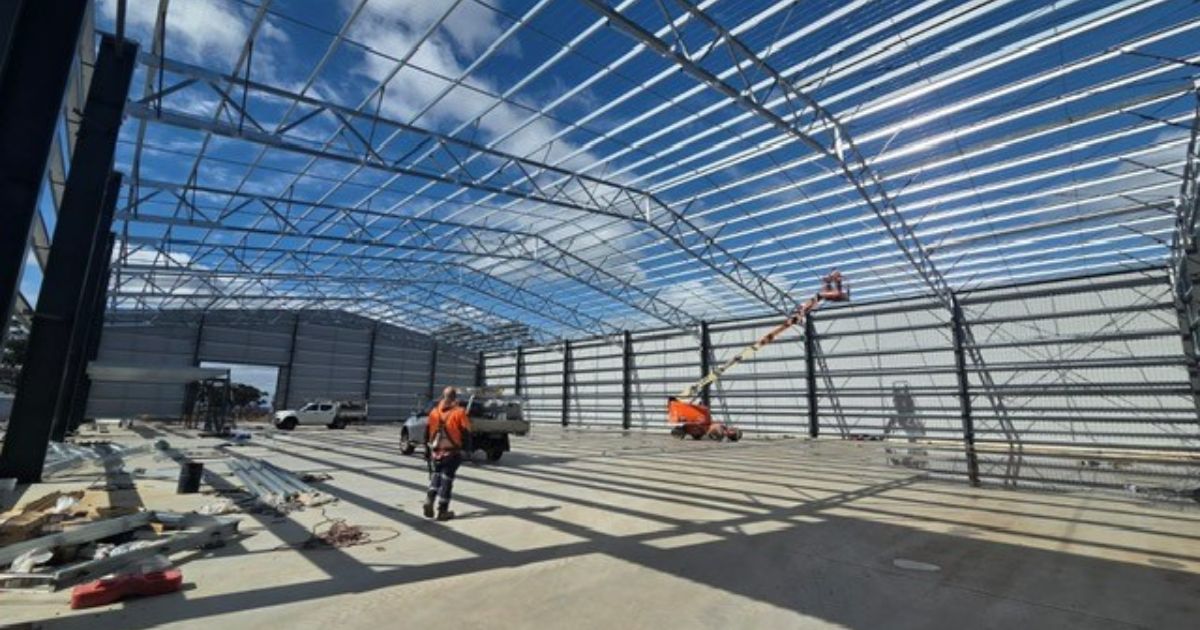Spark an interest in science
By Carol Saffer
National Science Week, held each year in August, is Australia’s annual celebration of science and technology and an opportunity to encourage students to consider a career in STEM.
Moorabool Shire Council has exciting events for locals lined up this month.
If chemistry is your favourite STEM interest, book a place for the Freezing Hot Liquid Nitrogen Show at the Bacchus Marsh public hall on Thursday, 18 August, from 4.00pm to 5.00pm.
Join Dale Barry, a local science teacher, as he explores the states solid, liquid and gas of matter and the phase changes of heating or cooling liquid nitrogen.
On Friday, 19 August, Mr Barry will also talk about glass at the Ballan Library from 3.30pm to 4.30pm.
Most people typically consider glass as a container or used for windows.
“It is used for touch screens, smartphones and fibre optic cables to name just a few applications,” Mr Barry said.
He will discuss the properties and uses of glass from a scientific perspective. Bookings are not required for this session.
The last event for the week, Rewire with Technology – CoderDojo takes place on Saturday, 20 August, at Ballan Library from 1.00pm to 3.00pm.
Kids 7 to under 18 can enjoy coding and exploring technologies together in a fun, safe space.
Their suggested pathway starts with Scratch and works towards Python.
Please bring a laptop to work on or let the library know beforehand so they can provide one on the day.
Bookings are required, go to www.moorabool.vic.gov.au and search Science Week 2022.
The Australian National University also sends out boxes filled with fun science experiments to more than 120 schools across Australia, with around 40 per cent heading to regional schools to engage students in science.
According to the latest data, the average 15-year-old from remote Australia is around one and a half years behind their city counterparts in science.
Dr Merryn McKinnon from the National Centre for the Public Awareness of Science said the disruption caused by the pandemic could mean some regional students have been disadvantaged.
“One of the key reasons for the regional STEM gap is limited access to resources and programs compared with students in the city.”
“Rather than making the students go where the science is, these STEM boxes are helping to take the science to the students.”



















